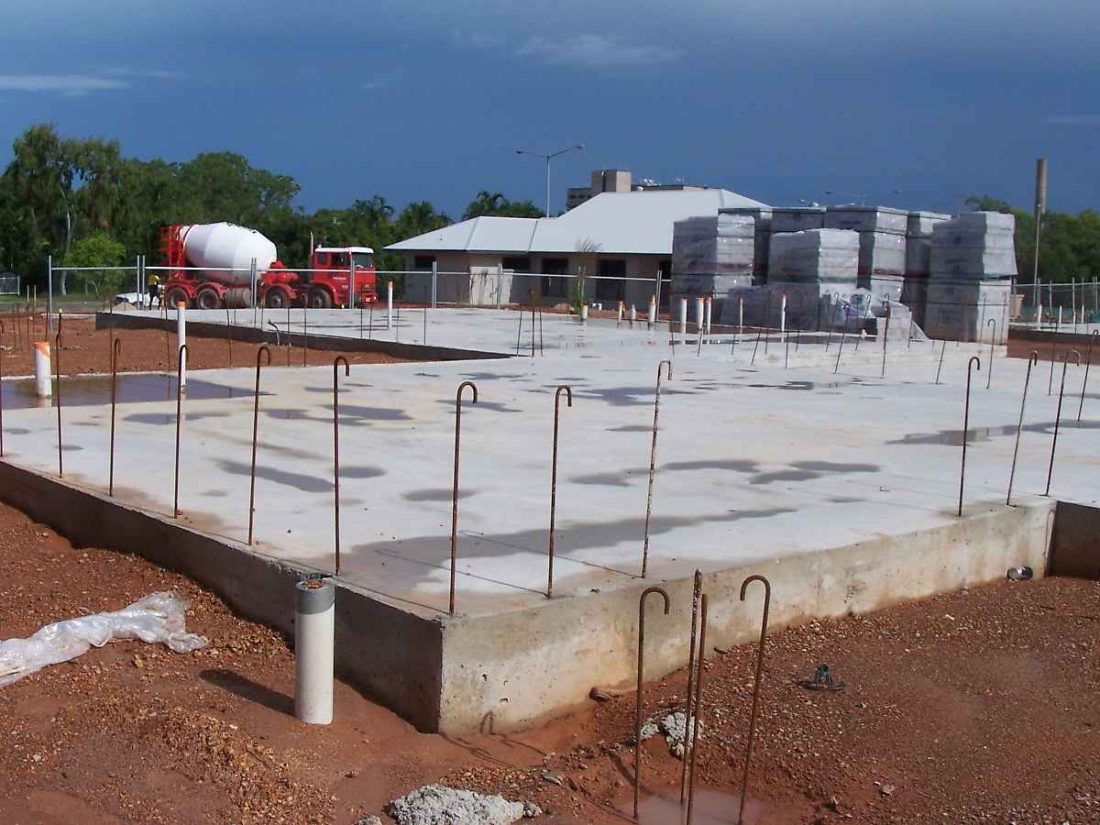How your foundation problems might be steeped in history
It’s one of the worst calls an engineer can take; cracks have started to appear in the brickwork of a building. While the damage might appear to be quite high up, the most probable cause is much, much lower and will probably relate to the foundations beneath ground level.

In truth, a whole dissertation could be written about foundations and the problems they incur. You only have to look at some of the cases that Reddy Kancharla has worked on to see how this is a complicated subject at best. For the purposes of today we’re just going to look at one area; how the history of a building can directly show the cause of how this foundation failure has occurred.
We’ll now take a look at a handful of scenarios and show how they could be the reason why a foundation has faltered.
The building has been constructed on filled ground
This could be a cause behind the problem if the building is quite old. In truth, it’s rare to experience this problem on newer buildings, for the simple reason that a lot of analysis is performed beforehand nowadays and engineers will take the appropriate steps to overcome any future problems.
However, there will be a lot of buildings that might suffer from this issue. If the building has been constructed on filled ground, it means that over time debris can move and ultimately compromise the foundations. It’s not unheard of for this movement to occur decades later – which highlights just how far back the problem can go.
This is the reason why engineers will insist that foundations are now made below the filled ground level, to mitigate this risk.
The building was constructed close to a water source
If there has been a nearby water source, the reasons for foundation problems can be endless. Firstly, it can cause future earth movement just through the water traveling close to the foundations and manipulating the soil.
There can also be problems if a water source has been removed. For example, if a building was initially constructed next to a lake, only for this water to be removed at a later date, it can wreak havoc with the water table. The soil can dry out and in certain types, this can cause shrinkage and lead to problems.
There has been a lot of nearby building work
Even though a neighboring building might legally not have anything related to another building, there’s every chance that it can impact it from a construction perspective.
If neighboring foundations are dug close to another building, it can impact that building’s integrity. The soil has been disturbed and as such, the foundations can move.
This can occur both ways; whether a new building has been constructed, or one has been taken down. As such, it’s another example of how area history can impact a property’s foundations and again, how matters unrelated to a particular building can still indirectly compromise it.









